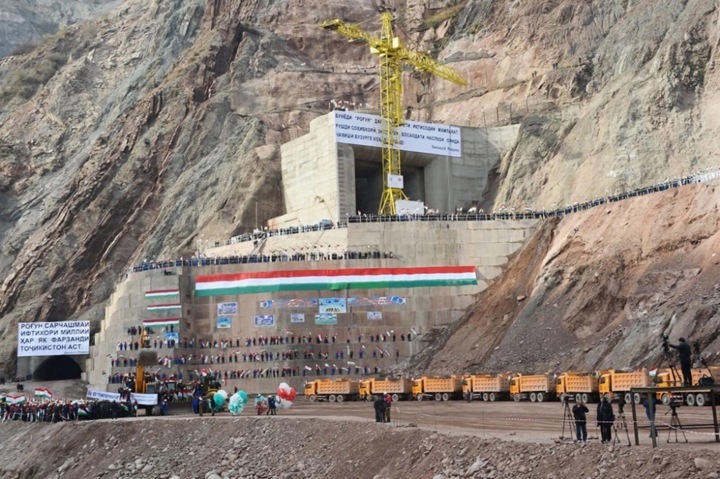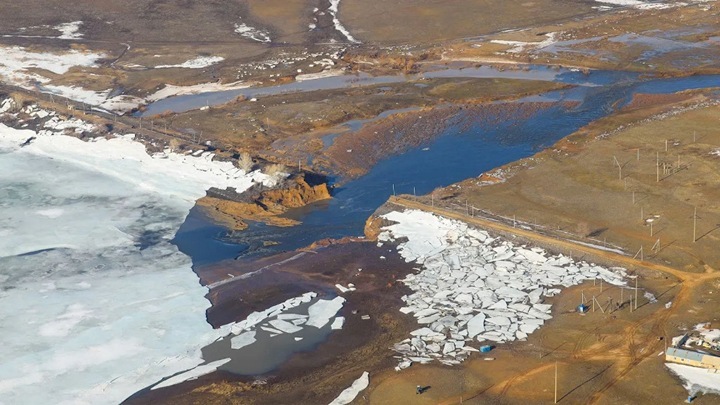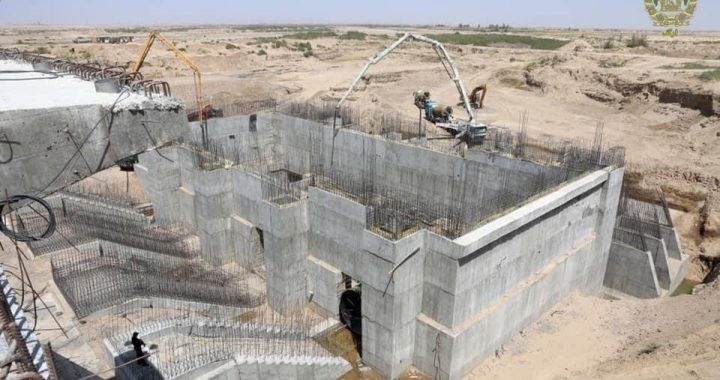The Russian expert saw the environmental risks of the Rogun Dam project
In 2025, it is planned to put into operation the third hydroelectric unit of the Rogun Dam, which may affect the situation in the energy and water sector of Central Asia. As the expert of the National Energy Security Fund Igor Yushkov stated on the Rossiya 24 TV channel, with the full launch of the hydroelectric power station, there may be risks both for Tajikistan and for neighboring countries.

According to him, there are, first of all, environmental risks.
“The issue of ecology lies primarily in the sufficiency of water both in Tajikistan itself and in the entire region. Everyone is afraid of a negative impact on the environment from the point of view of filling the reservoir of the Rogun Dam. It is assumed that it will be filled for more than 10 years, and this is quite a long period, which will lead to a decrease in the water filling of the Amu Darya and indirectly the entire Aral Sea. Critics of the station noted that not only the current precipitation should fill the reservoir, but also glaciers, which are gradually decreasing. In the future, the parties considered that there would be more advantages from the creation of the facility than minuses, and the risks would be stopped,” he explained.
The expert noted that this year it is planned to complete the construction of the third hydroelectric unit of the Rogun Dam, which will allow to meet the demand in Tajikistan to a greater extent, and then export it to neighboring countries.
“These are long-term plans. It is assumed that at best the station will be completed by 2029. As new capacities are introduced, the volume of electricity consumption will certainly grow. The population of Tajikistan and Uzbekistan is growing, it is possible that by the 2030s it will be necessary to build new generation facilities in order to be able to export,” he explained.


